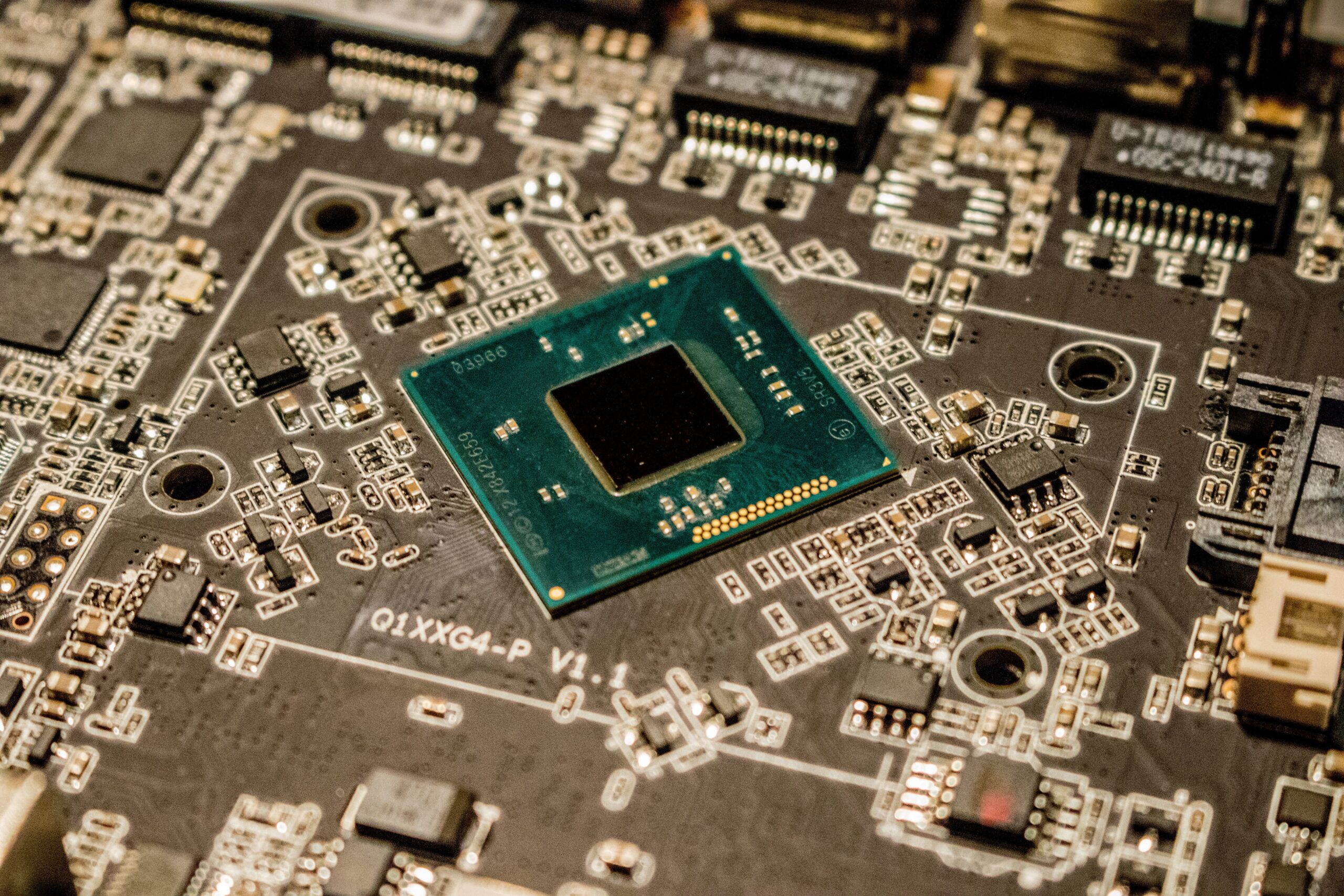TSMC (founded in 1987) pioneered the pure-play foundry business model, and it has remained the world’s premier dedicated semiconductor foundry ever since. By providing the greatest variety of advanced, specialty, and advanced packaging technology services in 2020, TSMC implemented 281 distinct process technologies and manufactured 11,617 products for 510 customers. TSMC is the world’s first foundry to offer 5-nanometer production, the world’s most sophisticated semiconductor process technology.
The Taiwanese semiconductor giant is showing consistently strong economic performance. The overall revenue for January to July 2021 was about US$31.1 billion, up 18.1 percent from the same period in 2020. TSMC approved capital appropriations of approximately US$17.5 billion for several high-tech areas.
All the company’s efforts are focused on the technology to improve transistor performance and reduce manufacturing costs. Most of the success of the semiconductor industry can be attributed to the successful scaling of the transistor in size. But the sizes of transistors have reached their limits. Physical principles do not allow making transistors even smaller. Therefore, the first priority area is R&D capital investments and sustaining capital expenditures.
New device technologies and logic can come to the rescue. Understandably, TSMC directs huge cash flows to the development in various areas:
- naturally new principles of logic,
- development of new structures of the transistor or the improvements of the old ones,
- modification of the active region of the transistor to increase energy efficiency (channel with high mobility),
- devices and components with small dimensions (this is when there are materials in devices that, for example , several atoms in thickness),
- new technologies for creating memory components, and much more.
Nevertheless, investing in these areas carries great risks. Much research will go nowhere, and many will become obsolete before serial and mass production equipment is available.
Therefore, the following priority areas are installation of advanced technology capacity and mature and specialty technology capacity, upgrade of advanced packaging capacity, manufacture construction and installation of facility systems. For semiconductor companies to stop is to lose. Thus, innovation, as well as research and development will be the mainstream strategy of the industry leaders.


